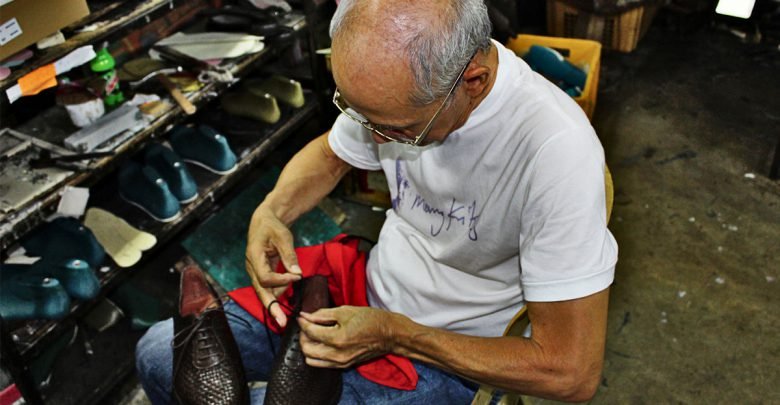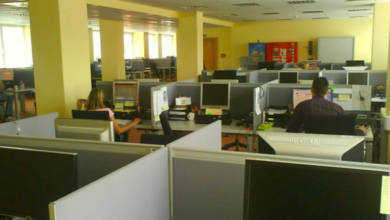
The Renaissance of Marikina Shoes
Internet-savvy entrepreneurs are breathing new life into Marikina’s shoe industry, reviving what was once known as the center for shoemaking in Southeast Asia.
The shoe industry in Marikina started in 1887, when the mayor pushed shoemaking as a way to promote local industry. By the 1950s, the shoemaking industry grew so much that the city earned the nickname “the Shoe Capital of the Philippines.”
Marikina’s shoe industry dipped in the year 2000, when cheap shoes from China started showing up in the Philippine market, which then led to a lot of shoe stores to close. In 2010, only 126 registered shoemakers remained in the city. People thought Marikina’s shoe industry was dead.
Today, the city is slowly regaining its footing with entrepreneurs pushing their brand online in order to reach an audience wider than ever.
Marquina Shoemaker
Located in a residential area in Manila, Marquina Shoemaker has a shop with an inconspicuous facade. It looks nondescript on weekdays, but buzzes with customers on the weekends. The shop sells around 150 pairs of shoes per month, at an average of ₱5,200 per pair.
Marquina Shoemaker’s primary promotional tool is social media, posting photos of its different products to its 35,000 Instagram followers. The shop was launched by Juancho Del Rosario, a 25-year-old shoe enthusiast, and two of his college friends back in 2016. The group visited different factories in Marikina and found a skilled and reliable shoemaker to work with them.
The quality of their products spread, and they began getting orders even from customers in Hong Kong and the U.S. They plan to have a dedicated website for overseas orders. And by 2019, they are aiming for 20% of their total sales to come from abroad.
Black Wing Shoes
Another business leading the renaissance is Black Wing Shoes. Established by 36-year-old Buddy Tan, who grew up in a family of cobblers, they specialize in custom-made shoes. He recognized that the old ways of business doesn’t cut it anymore, so he took out the middleman and started selling online, direct to customers.
In order to resolve the issue in the early days of their business, wherein the shoes’ colors or sizing were off, they asked customers to come to the shop for a fitting after selecting their preferred style and color online.
At their studio, about a dozen shoemakers work silently on different stages of the manufacturing process, from designing lasts (or the molds where shoes are shaped), cutting the leather, to sewing it together. The company makes around 80 to 100 pairs per month, at an average of ₱5,000 per pair. The custom-made shoes takes around six to eight weeks to finish.
Marikina bounces back
With the revival of the shoe industry in Marikina, a lot of young people are now entering the shoe business. In 2017, the number of factories rose to 202 with sales reaching ₱2.16 billion, up by 85% from 2010. This new generation of industry leaders also strive to improve the working conditions of cobblers, which they now pay by the day instead of per piece.
Marikina Shoe Industry Development Office (MSIDO) Consultant Clarissa Badong said that these new generation of shoe business owners have not only saved the industry, but also helped customers recognize the value of well-made shoes.
The MSIDO now offers technical and management skills courses for those looking for a career in the shoe business. Noel Box, head of the office, said that their goal is to ensure the survival of the industry in a competitive global market, through high quality and competitive pricing.
via Nikkei Asian Review / Jun Endo




